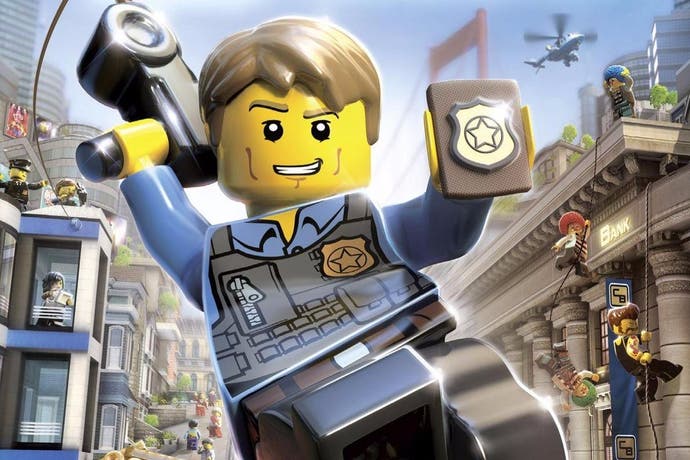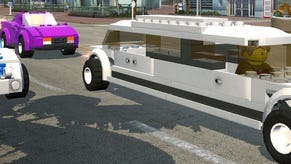Lego City Undercover on Switch holds up well against PS4
Significantly revamped over Wii U, with higher resolution than Xbox One.
It's been fascinating to see just how well Nintendo's Switch has adapted to existing engine technologies. So far we've seen the machine cope admirably with Unreal Engine 4 and Unity, and we were curious to see how the Traveller's Tales Lego engine holds up. Lego City Undercover is actually a four-year-old Wii U release, recently revamped with the latest version of the Lego engine and now available on PS4, Xbox One - and of course, Switch.
The core gameplay remains much the same as it was back in 2013 on Nintendo's last machine, but the Lego titles do feel somewhat timeless: on current-gen systems, this release still feels fun and fresh and the comedy is evergreen. From a technical perspective, Traveller's Tales and co-development studio TT Fusion might have been tempted to roll out a straight Wii U port for Switch - it's not as if we're short of them on the platform - but in fact, the latest Nintendo machine has most of the feature-set of the PS4 and Xbox One releases, with a couple of surprises in places.
For the most part, Switch dials back on some visual elements - as you would expect from a less powerful piece of hardware. However, the developer mixes and matches level of detail settings, so while PS4 and Xbox One are typically richer from a visual perspective, there are some surprises - mesh fences draw in sooner on Nintendo's machine, for example. Then there's resolution: Switch in docked mode is a match for PlayStation 4's full 1080p (it's native 720p on the go) but curiously, the Xbox One release uses anamorphic pixels, meaning a sub-native horizontal pixel count. Resolution is only one element of a game's visual make-up - and to be clear, the Xbox release is preferable to Switch overall - but the fact that the Nintendo version is seemingly pumping out more pixels than Xbox One is something we didn't expect to see going in.
Lego City Undercover's 2017 revamp also gives us some indication of how far the engine technology has moved on in the last four years. The lighting system is completely revamped, with a move to physically-based rendering. The effect on the game is transformative in this respect, and the inclusion of more refined ambient occlusion adds subtle depths to the nooks and crannies too. The effects pipeline, the quality of the shaders, the detail in the core art assets and normal maps - everything gets a substantial upgrade. With Lego City Undercover essentially re-architected for a more modern engine, there are other enhancements too: moving out of the centre of Lego City, more of an attempt has been made to show far-off detail in the game areas.
The good news for Switch owners is that most of the upgrades bestowed by the more modern engine are all present and correct in their version of the game. Looking at the comparison footage, it's remarkable to see how well it holds up in motion next to the PS4 and Xbox One versions, with only strategic nips and tucks here and there. Some depth is lost with the removal of ambient occlusion, while shadow detail is significantly reduced (in this respect, the Switch looks closer to the original Wii U release) but this is only really an issue when viewed close-up. Reflection quality is also pulled right back on the new Nintendo machine, to the point where the effect also compares unfavourably to the original Wii U game.
However, the reductions in quality are well handled and not overly noticeable - two more cutbacks in the visual presentation are more of an issue. Firstly, Switch has less memory onboard than its current-gen competitors, and this translates directly into some textures displayed at a lower resolution. Secondly, the developers cloud far off detail in a depth of field effect - it's a nice bokeh-like effect on PS4 and Xbox One, and this gets downgraded to more of a subtle blur on Switch. It doesn't do many favours to overall image quality, but the presentation is 'crisper' as a result with less blended detail.
Undocking the Switch from its cradle, two things become apparent: first of all, while there may be some slight tweaks to level of detail settings, the overall presentation is mostly a match for the console running at max clocks. There's a small difference in texture filtering quality, but this is more likely to be down to fewer sample points at the lower resolution as opposed to a conscious downgrade, and it's essentially invisible on the smaller screen. However, the price to pay for this level of parity is a further hit to performance - which already sees some drops from its target 30fps when the console is attached to your HDTV.

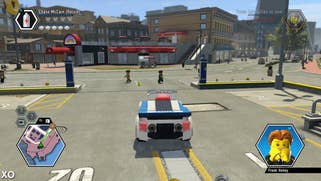
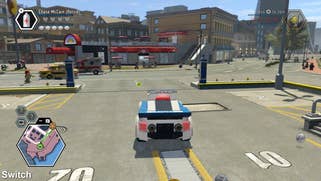
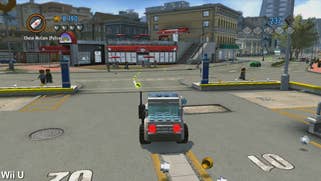
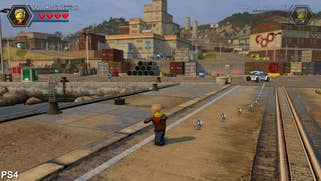

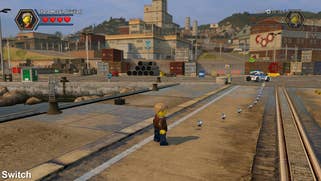


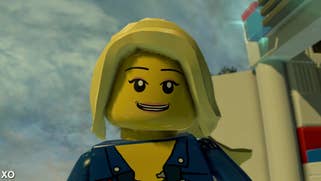
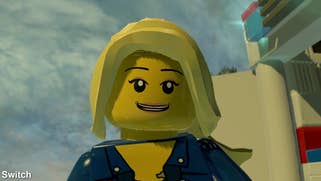
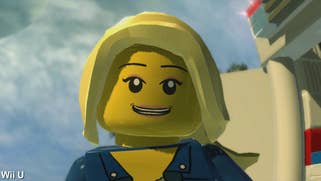
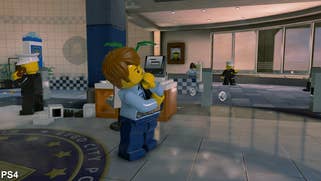
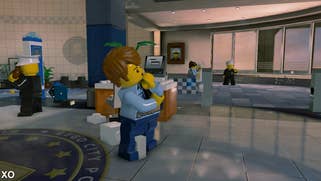
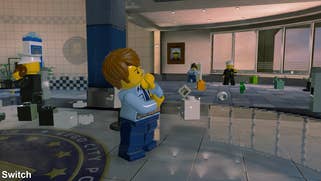
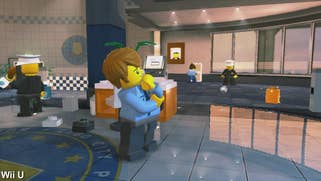
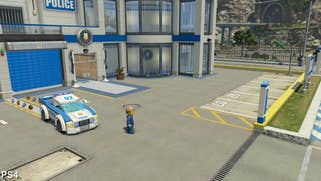



For the most part, Switch's performance level at 1080p while docked holds up well, but there are frame-rate drops when traversing the larger open world areas. By and large, it's still smoother overall than the original Wii U version, but the situation becomes muddier when Switch runs in portable mode - at this point, the drops in performance are far more noticeable and while hardly game-breaking, we would have preferred less of an adherence to matching docked visual quality and more of a focus on making the game run as smoothly as possible.
For their part, both PS4 and Xbox One hand in very similar performance overall. Exterior 'world' gameplay sees both consoles lock to 30fps, but curiously, moving indoors, the game ratchets up the frame-rate to something approaching 60fps instead, with dropped frames and tearing kicking in more noticeably on the Microsoft console. It's an interesting idea, but we'd prefer consistency across the game - switching from 30fps and 60fps and back again just feels rather odd, and we're not sure what the user is supposed to get out of this set-up.
Ultimately, while the Lego engine is hardly a strenuous hardware work-out compared to the triple-A juggernauts, it's fascinating to see how much of the 'full fat' console experience is retained on Nintendo's new hybrid hardware. With just a few visual tweaks, the game still manages to look great, certainly comparable to PS4 and Xbox One, without the sense you're missing out on the big-ticket features of the engine. Not only that, in almost all aspects, it's a significant boost graphically over the original Wii U release, further demonstrating that Switch has more to offer in terms of raw horsepower compared to its last-gen counterpart.
In terms of the living room experience, we'd take PS4 as our preferred way to play, very closely followed by Xbox One. Switch falls behind owing to less consistent performance as opposed to its visual downgrades - clearly it's still a good-looking title. However, the Switch game is indeed playable as a full-blown handheld experience, something the other consoles can't deliver. The frame-rate suffers and there's the sense that this aspect of the game could use some optimisation, but it's a feature totally unique to Switch and well worth having.
